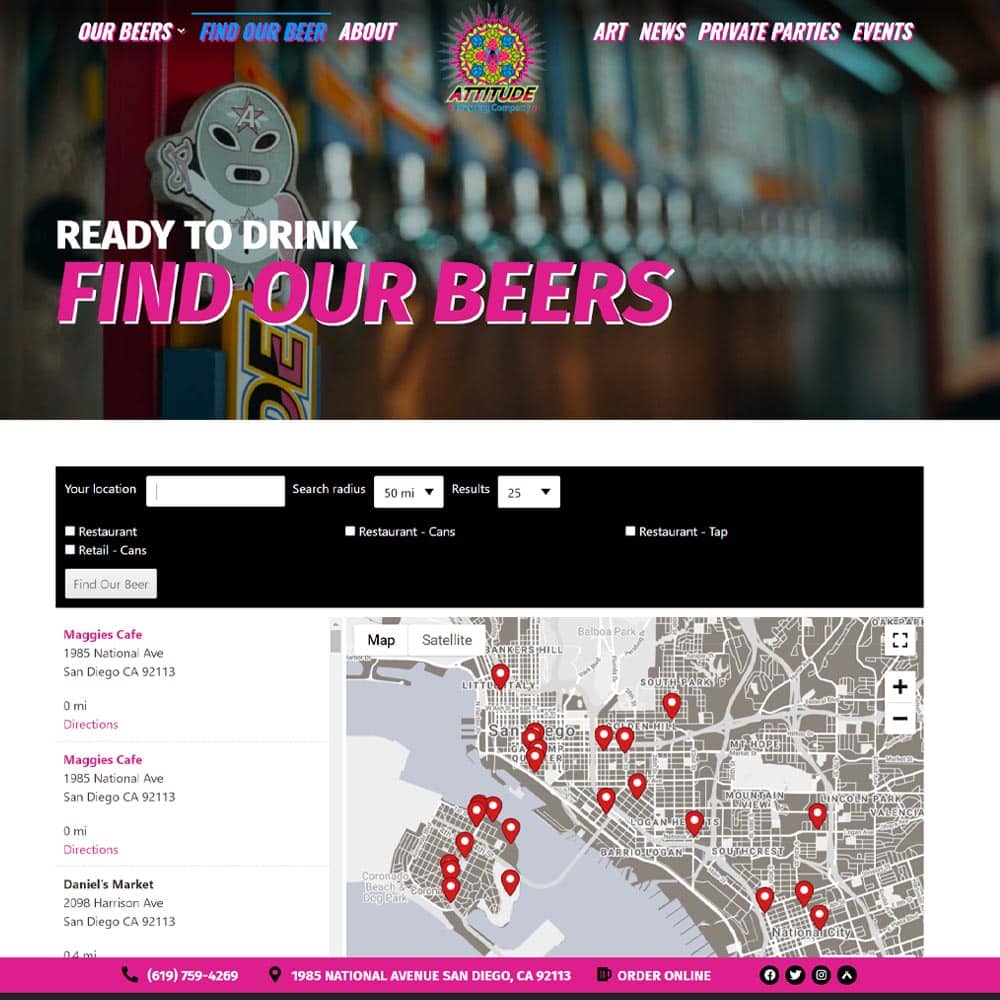In May of 2012, Google replaced its Google Places with Google+ Local. At first glance it seems to be nothing more than a rebranding of Google Places where local businesses show up on a Google local search on a map with a pin in it locating a business. Small business owners could write a few words to promote their business and link to their web page. Google users could also give ratings about the business without having to sign in to Google Places.
The interface that users encounter on Google+ Local provides a more complete helping of business data. In addition to the more granular Zagat ratings there are new features such as suggestions for nearby businesses. Google believes that these enhancements make for a far better consumer experience.
By replacing Google Places with Google+ Local the functionality is pretty much the same. However, Google has partnered with Zagat to provide ratings. This may seem like a small change, but it is actually a major difference. On the one hand, it is a positive change as users have to sign in to their Zagat account to review a business on Google+ Local. This additional step may reduce frivolous bad reviews. But, at the same time it worries business owners who had a difficult time getting positive reviews from satisfied customers who now have an added impediment to writing a review.According to Google one of every 4 searches on Google is estimated to be a local search, and customer reviews are extremely important. Besides the Zagat ratings, Google+ users can “+” a business. This is similar to ‘Liking” a business page on Facebook.
Businesses that already claimed their Google Places spot have been automatically rolled into Google+ Local. The new service remains free and allows businesses to add photographs and links.
Many may think this is a “soft” attempt to get businesses to buy Google Ad Words. While it very well may be part of Google’s strategy, it is more likely that it is an attempt to parlay Google+, which is Google’s social media into a more robust Internet destination for users. While Google+ Local has much fewer subscribers than Facebook they claimed in an unusual announcement in September 2012 that they had 400 million individuals signed up for Google+, and 100 million users actively checking in to business pages.
What is a bit strange is that businesses that want to manage their Google+ Local page have to go to the Google Places for Business page. There does not seem to be a home page for Google+ Local for businesses.
Google+ Local is easy for consumers to use and is accessible from standard computers, netbooks, tablets and Smartphones running Android OS. It seems as if Google has finally found a social media platform that will work for them, especially since they are the mega-giant search provider. Small business owners need to pay attention to how Google+ Local evolves. It would be wise to setup a Google+ page, if you don’t already have one, learn how to monitor it and make sure that the Google+ Local experience is maximized for both your business and consumers.







